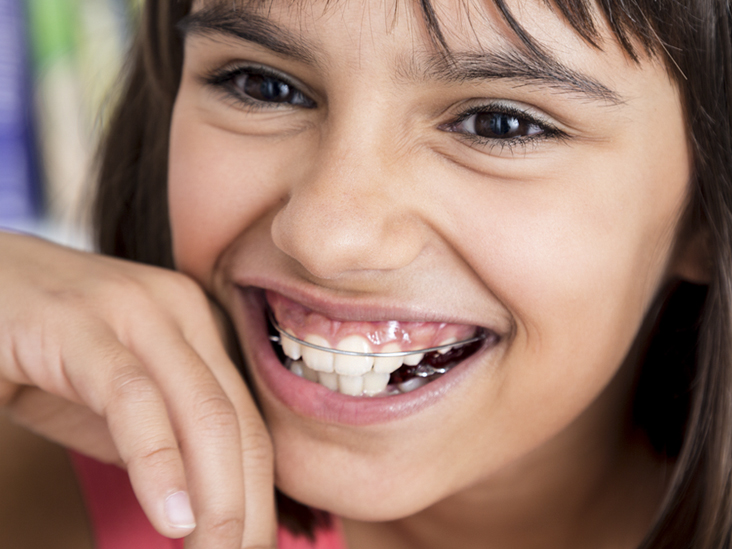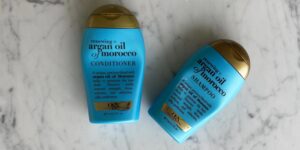
846511430 removable, malocclusion Portrait of a cute girl laughing wearing a removable orthodontic appliance
Wearing braces to correct your dental alignment is only one step in the process. After removing the braces, your teeth may still move and become misaligned if there is no external support.
Brace wearers use dental retainers to ensure that their tooth position and alignment remain stable after removing the braces.
This article overviews dental retainers’ various types, benefits, and costs. Continue reading to learn what to expect for your dental health after completing your braces treatment.
Retainers of various kinds
Retainers are metal, clear plastic, or a combination of the two. They can be either fixed or removable. Your dentist will recommend the best type for you based on your pre-existing oral condition, reaction to braces, and aesthetic concerns.
This is a brief description of the various types of retainers on the market today:
Retainers that are fixed (bonded)
A strong metal wire is wrapped around the back of the teeth to form fixed or permanent retainers. It is used to hold 4-6 teeth in place permanently. The wire prevents the teeth from drifting apart or bending inwards.
Bonded retainers are not visible from the front, making them an ideal long-term solution if you need to wear retainers for several years. However, because of their aesthetic appeal and efficiency, they are typically more expensive than removable retainers.
Even fixed retainers should be adjusted or replaced every 5-10 years, depending on the ageing of your jaw and face.
Fixed retainers are slightly more expensive than essential removable retainers, but many people prefer them because they are entirely hidden.
Hawley retainers
Hawley retainers are also metal retainers that can be easily removed and reapplied. The device consists of a metal wire that runs across your teeth and is connected to a transparent plastic base plate.
While eating or drinking sugary drinks, you must remove your Hawley retainers. Because you will be handling these retainers frequently, you must maintain a strict hygiene regimen to keep them clean and free of infection.
If properly cared for, Hawley retainers have a long lifespan. Your dentist will advise you on the number of hours you should keep them on based on your condition. For example, some people only need the retainers to stay in place while they sleep.
The obvious disadvantage is that these retainers are visible when you open your mouth. They are, however, the most affordable and will last you for many years.
Clear Essix retainers
Clear Essix retainers are removable retainers that are entirely made of clear plastic. They are made up of a customised mould of your teeth, and a base plate grips the gum. The device completely covers your teeth and keeps them from shifting out of place.
While eating, clear Essix retainers must also be removed. This type of retainer is also reasonably priced but lasts less time than Hawley retainers. This is due to a lack of metal wires or plates to provide strong support.
Invisalign
Vivera retainers, also known as Invisalign, are made of clear plastic and are custom-fit to your teeth. Because the material is stronger than the Clear Essix retainers, you can expect these to last much longer without discolouration.
An oral laser scan will be required to obtain accurate teeth, gums, and jaw dimensions. The material barely shows when you open your mouth to talk or smile. Invisalign is a great long-term option with proper care.
What are the fees for retainers?
Before prescribing retainers for you after your braces are removed, your dentist must consider several factors. Among these are:
- Your age is
- Misalignment degree
- The braces’ level of success
- Structure of the jaw and teeth
- Gum and tooth health
- Other oral conditions
- Preferences for aesthetics
Because the process is highly personalised to the patient, predicting a single cost that applies to everyone is impossible. However, the retainer price ranges listed below can be used as a rough estimate of the average treatment cost:
- Fixed retainers start at £150 per jaw.
- Hawley retainers start at £150 per jaw.
- Clear Essix retainers start at £150 per jaw.
- Invisalign retainers start at £495 for three sets of uppers and lowers.






